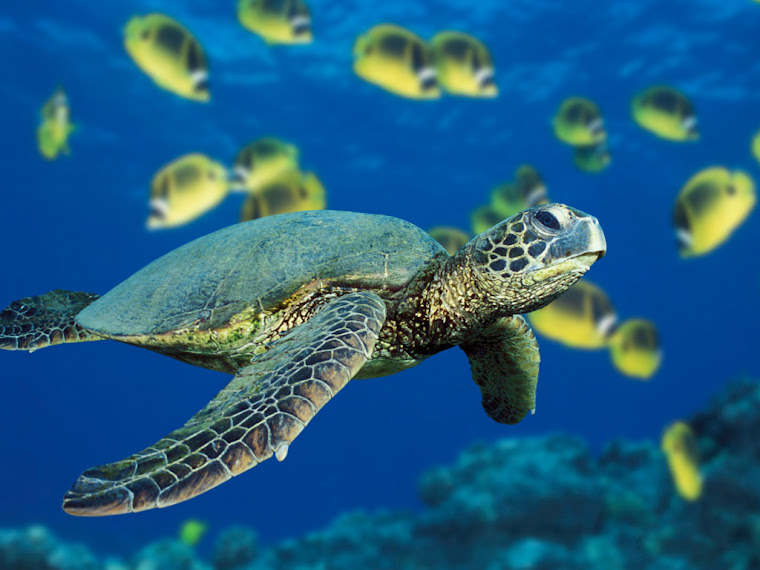Sour Foods Experiment:
Question:
*What is it that makes some foods taste so sour?
Hypothesis: (use info provided on the main web page before you open the lab)
*Foods are sour when they have high concentration of loose hydrogen atoms. (Atoms are tiny particles that make up us and everything we see around us. Atoms link together to make molecules).
Procedure: (write down the steps you took and supplies u used)
What atoms are in sour foods?
- Click each label below the cups to make a numbered cup for each food bottle (number cups 1 through 5- having 5 food bottles & 5 cups total; 1 for each food)
- After labeling the cups, add 5 drops of food to each cup-matching bottle number with cup number.
- Then, add I drop of dye to each numbered cup by clicking on the cup with the dye bottle.
- After adding 1 drop of dye to each cup, the color of the dye shows the high concentration of loose hydrogen atoms in the food.
- Drag cups around so that they are in order from high concentration to low concentration of loose hydrogen atoms.
- After dragging the cups to make them in order the online lab displays that by looking at the color of the dye it is obvious which number foods are most sour and which number foods are least sour. Cup ranges from cup#3, cup#4, cup#1, cup#2, cup#5 which ranges are from most sour to least sour foods.
- By clicking on the cup it displays what foods are in each cup which are: cup#3 is lemon juice, cup#4 is vinegar, cup#1 is orange juice, cup#2 is milk, and cup#5 is water. We now know that lemon juice & vinegar have high concentration of loose hydrogen atoms and orange or apple have an intermediate concentration of loose hydrogen atoms and milk, water, & banana have a low concentration of loose hydrogen atoms.
Data: (use pictures, data tables, graphs, etc..)
Results: (what happened and why)
cup#3 is lemon juice, cup#4 is vinegar, cup#1 is orange juice,
cup#2 is milk, and cup#5 is water
*This experiment showed which foods have a high and low concentration of loose hydrogen atoms. The results are that lemon juice & vinegar have high concentration of loose hydrogen atoms, and oranges have an intermediate concentration of loose hydrogen atoms, and milk & water have a low concentration of loose hydrogen atoms. As a result the lemon juice was the most sour food and the water was the least sour food.
Explanation:
The hypothesis was proven to be true because the results were that foods with high concentration of loose hydrogen atoms are most sour and the foods with low concentration of loose hydrogen atoms are least sour. The lemon juice & vinegar have high concentration of loose hydrogen atoms, and oranges have an intermediate concentration of loose hydrogen atoms, and milk & water have a low concentration of loose hydrogen atoms. Therefore, the lemon juice was the most sour food and the water was the least sour food.
Virtual Lab Reports:
1.) What are acids and bases?
Acids are compounds that include hydrogen and can dissolve
in water to release hydrogen ions into solution. Bases are a sodium
hydroxide.
2.) What is a molecule?
Molecules are made up of tiny particles that make up everything
around us.
3.) Why is pH important in the ocean?
pH is important in the ocean because it is saturated with an important organic molecule for organisms like corals, crustaceans, and mollusks called calcium carbonate.
4.) What is an ion?
An atom or group of atoms that is electronically charged.
Holes in bread experiment:
Question:
What molecules make the holes in bread?
Hypothesis:
- Have you ever noticed the holes in bread?
- Look at some bread and get the holes in it.
- Find out what molecules make this holes.(molecules are tiny particles that make up everything around us)
Procedure:
Steps:
1. Add 3 scoops of yeast to the tube. (Yeast is how we make bread)
2. Add 3 scoops of sugar to the tube. (sugar is food to the yeast)
3. Fill the tube three fourths full with warm water, by doing so we are adding 8 drops of water to the tube.
4. Use the stick to stir the yeast & sugar into the water. Keep stirring until the water is the same color as the yeast. Give time because the reaction in the tube takes a little time.
5. Shine the flashlight on the side of the tube. (look for tiny bubbles streaming up the side of the tube- the bubbles are very small)
Data:
Results:
What’s going on in the tube? Yeast is a living thing that feeds on the sugar molecule. It breaks the sugar molecule apart into new molecules. Sugar molecule >Carbon dioxide gas molecules=alcohol molecules (the carbon dioxide gas molecules make tiny bubbles)
Explanation:
The chemical reaction in the tube also happens in bread. Yeast added to bread dough breaks apart the sugar molecules in flour. The carbon dioxide gas molecules make bubbles, just like in the tube. The carbon dioxide gas bubbles are trapped in the bread dough and leaves holes when the bread is baked.
Virtual Lab Reports:
1.) What gas causes the bubbles?
Carbon dioxide gas molecules.
2.) How was the gas produced?
The yeast was feeding onto the sugar molecules, therefore
breaking the sugar molecules apart into new molecules, which is
the carbon dioxide gas molecule.
3.) How does CO2 get in the ocean?
When there is very little sink. Sink is what mops up carbon dioxide from the atmosphere. Therefore without sink, carbon dioxide
will continue to get into the ocean.


No comments:
Post a Comment